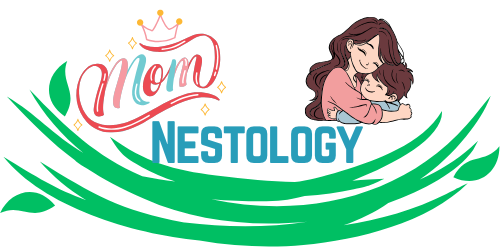Do You Get Paid to Be a Foster Parent Here’s the Truth

Foster caring is one of the kindest things that you can do to a person. A foster child is a person who has lost their parents and is undergoing a very difficult and painful experience in life. As a foster parent you identify and assist a child in one of the worst situations in life by giving affection, mental healing, and an environment to live in that is safe. As compassionate as this work may sound, many people still have one pressing question when deciding to take this journey, Do you get paid to be a foster parent?
In a nutshell, the answer is “yes” but not in the traditional sense of the word. To comprehend this question better, we have to first understand what foster care payments really are, what they pay for, and above all, why the financial assistance should be regarded as foster care support and not profit.
Understanding Foster Care Payments
Foster care payments are not “salary” so to speak. Foster parents do not receive a “salary” as an employee would. Stipends and reimbursements are paid to foster parents specifically for the foster child’s daily care: appropriate food, clothing, school materials, transport, and other daily necessities.
Foster care payments differ:
Between countries or states: payments differ by region.
Foster child’s age: older children are more demanding and therefore eligible for greater allowances.
Special needs – Children with special medical, behavioral, or emotional needs may qualify for increased allowances to address their needs.
How Paid Foster Care Causes Misunderstanding
Searching for “Do you get paid to be a foster parent” does not make sense, but “paid” makes it misleading. Foster parenting, like every other type of parenting, does not come with a “job description” but rather with a “job of heart”. It does not bring income. Still, a stipend is always available but is meant for the child’s needs which make it not available for free spending.
To illustrate this, if you “purchase” clothing, groceries, and transportation amounting to $800 for a foster child, you are not profiting; rather, you are sustaining your foster parent role for break-even.
Estimated Average Payment Rates For Foster Care
While differences exist, here is the average payment per age group and region in the US.
- Children aged 0 to 5: $400 – $650 per month.
- Children aged 6 to 12: $450 – $700 per month.
- Children aged 13 and 18: $500 – $800
- Children with special needs: $800 – $1500 and onwards
These amounts are payment rates per month per child. It also seems a lot but bear in mind that the payment does not cover basic needs like housing, food, utilities and other vital groceries, not to mention transportation, and foster care activities.

What Stipends are Aimed to Cover
Foster care payment includes but is not limited to the following:
Food and meals: including groceries, school lunches and other meals.
Clothing and shoes: seasonal items as well as uniforms.
School Expenses
Field trips. Activity fees. Supplies.
Transportation
Bus passes or gas for cars. Car maintenance for appointments and school.
Personal Care Items
Hygiene and toiletries. Bedding.
Recreational Activities
Hobbies, sports, and other outings.
Financial Aid
Any unused funds (if there are any) are usually put back into the child’s reinvested needs.
Other Financial Benefits for Foster Parents
In addition to the primary stipend, foster parents might receive:
- Medical coverage for the child via state programs or Medicaid.
- Seasonal clothing vouchers.
- Set up payments for welcoming a child to the home which are one time payments.
- Payments for special activities such as summer camps or therapy.
- These benefits aim to support the child and the foster family without undue financial burden.
Reasons People Foster
If your main motivation for asking “Do you get paid to be a foster parent?” is looking for income, foster caring might not be the ideal situation. It is a deeply personal, demanding, and emotional role. Most foster parents say their motivation comes from:
- Wanting to create a shift in a child’s life.
- Serving as a steady presence during turbulent and transitional periods.
- Providing emotional and physical care for those who have gone through traumatic experiences.
- The emotional and relational rewards are plentiful, but not financial.
Common Misconceptions Regarding Payments to Foster Parents
Myth 1: Foster Parents Profit from Their Stipends
Myth 1 Correct: Foster parents still incur many costs such as food, clothing, shelter and transportation.
Myth 2: Foster Payments Can Replace a Job
Myth 2 Correct: Payments are meant to aid and are not meant to serve as a steady source of income.
Myth 3: All Foster Parents Receive the Same Payments
Myth 3 Correct: Foster Care expenses differ from state to state, the age of the child, and any special needs the child may have.
Final Thoughts
Can you be a foster parent and receive payments? The answer is yes, but “receiving payments” is a loosely-based term as funds are meant to reimburse expenses to caring for the child. It is something that requires a nurturing heart, and you cannot take for money. The aid is there to guarantee that the essential support is available for children.
When weighing the pros and cons of stepping into the shoes of a foster parent, focus on the impact you will have along with the joy of the difference you are making. Money will be beneficial on the practical side of things, but love, patience, and devotion has to be there.




